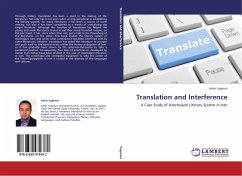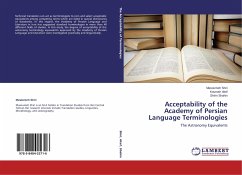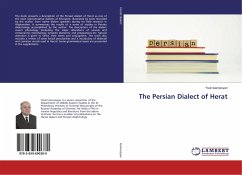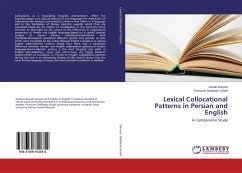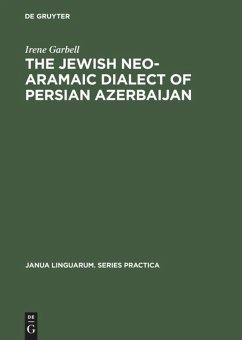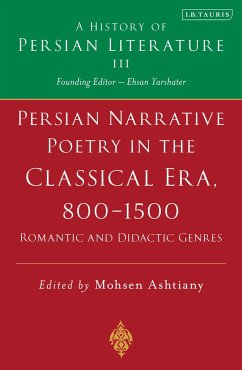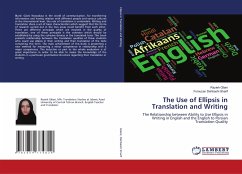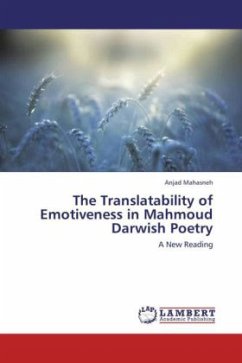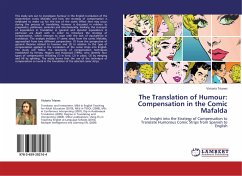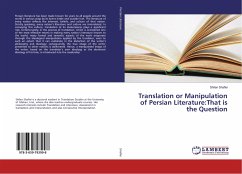
Translation or Manipulation of Persian Literature:That is the Question
Versandkostenfrei!
Versandfertig in 6-10 Tagen
41,99 €
inkl. MwSt.

PAYBACK Punkte
21 °P sammeln!
Persian literature has been made known for years to all people around the world in various ways by its lovers inside and outside Iran. The literature of every nation reflects the interests, beliefs, and culture of that nation. Strictly speaking, every nation's literature and culture are interrelated. In conveying this culture, translation of its masterpieces plays a significant role. Unfortunately, in the process of translation, which is considered one of the most effective means in making every nation's literature known to the world, many formal and semantic aspects of the work evaporate thro...
Persian literature has been made known for years to all people around the world in various ways by its lovers inside and outside Iran. The literature of every nation reflects the interests, beliefs, and culture of that nation. Strictly speaking, every nation's literature and culture are interrelated. In conveying this culture, translation of its masterpieces plays a significant role. Unfortunately, in the process of translation, which is considered one of the most effective means in making every nation's literature known to the world, many formal and semantic aspects of the work evaporate through the ideological manipulation applied by the translator, even to such an extent that it can culminate in the distortion of the writer's philosophy and ideology; consequently, the true image of the writer presented to other nations is obliterated. Hence, a manipulated image of the writer, based on the translator's own ideology or the dominant ideology of his time, is introduced into the readership.



